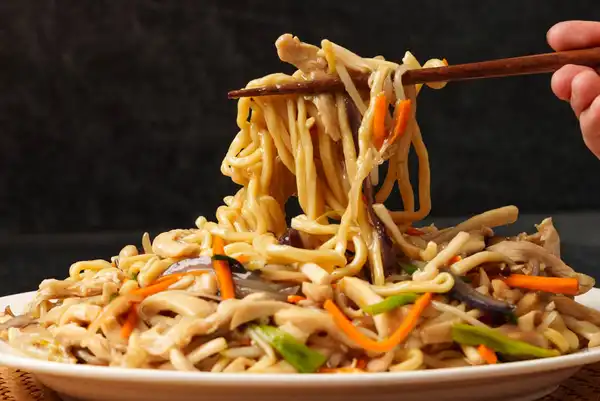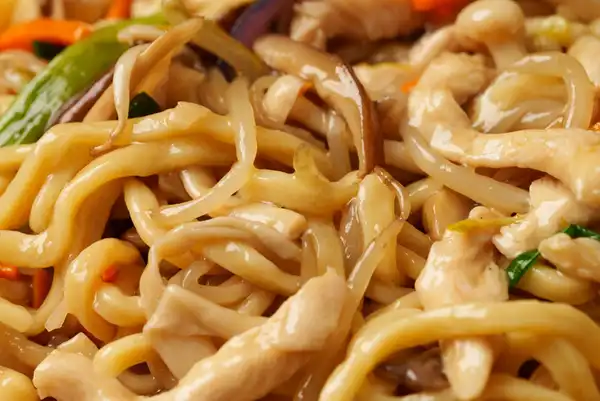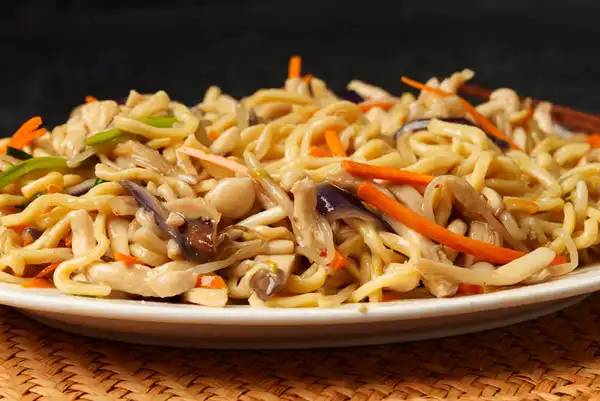Lo mein (撈麵) is a Chinese takeout classic that's easier than you think to recreate at home! My dad has been making this dish for more than 50 years and his step-by-step recipe is full of expert tips to help you master chicken lo mein at home.
From selecting the right noodles and supporting ingredients to the techniques that'll help you achieve bouncy, slurpable strands and tender juicy chicken, consider this guide your ticket to lo mein greatness.
What is lo mein?
Lo mein translates to "mixed" or "stirred noodles," a nod to how it comes together. Available at nearly every Chinese restaurant, this dish typically features thick, chewy noodles that are boiled, then set aside and later topped with a saucy mix of protein and veggies.
We use chicken and mushrooms in this lo mein recipe, but the wonderful thing about lo mein (and many other Chinese noodles!) is that you can easily customize it according to your tastes.
Chow mein vs lo mein
Lo mein noodles are often confused with another classic Chinese noodle dish: chow mein. The two use different noodles. As mentioned above, lo mein is thick and chewy, while chow mein — which translates to "stir-fried noodles" — uses slightly thinner ones.
My dad also prepares the noodles differently. He boils lo mein, but prefers to steam chow mein to prevent the noodles from getting soggy during stir frying.
Check out a quick story summary of our recipe!



